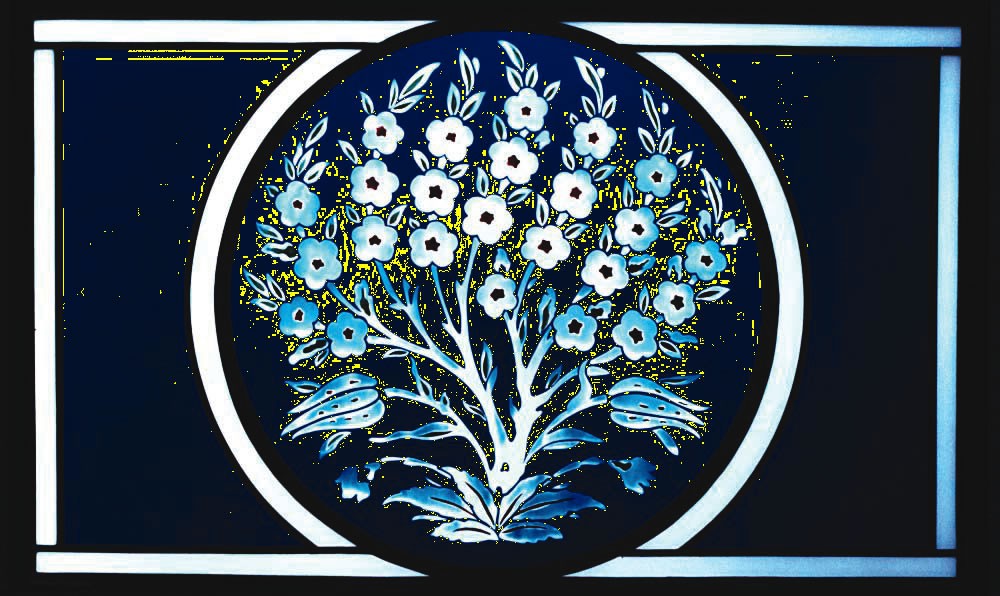BLOG
Archieve
BLOG
Land of Tiles: IZNIK

Iznik, known as Nicaea in English, is a city where every handful of soil has been kneaded with cultural remains for thousands of years, and has taken its place in the center of the history pages for centuries in the region.
It is one of the rare settlements that served as capital of four empires.
In the mounds near the city, the traces of civilization dating back to B.C 2500 years are hidden. The settlement established here before the migration of the Thracian tribes in the B.C. 7th century was named 'Helikare'.
The city, which was renovated in B.C. 316 by Antigonos, the general of the Macedonian Emperor Alexander, was named Antigoneia. After the death of Alexander, Lysimakhos, who won the war between Antigonos and general Lysimakhos, named the city of his wife "Nikaia".Connected to the Kingdom of Bithynia in B.C. 293, the city is decorated with important architectural structures.Nikaia, which was the capital of the Kingdom of Bithynia for a while, continued its existence as an important settlement of Rome.During the reign of Emperor Constantine I, the bans on Christianity were lifted.At the beginning of the summer of 325, Nikaia witnessed a very important event for Christianity and the First Consul gathered in the Palace of Senatus. The text of 20 articles known as Feast Days and Nikaia Laws on Christianity was accepted after this Council.In 787, the 7th Council was held in Iznik Hagia Sophia. Under the leadership of Empress Irene, the bans on painting and sculpture were lifted. Iznik became the capital of Seljuks and Byzantium.Tiling The development of Iznik pottery can be clearly seen from the tile coatings on the structures with known dates.
The oldest Ottoman tiles decorating the Iznik Green Mosque minaret built between 1378/91 continue the Seljuk tradition in terms of technique and decor, but their colors and tones are richer than them. These tiles, which give the mosque its name, attract attention with the variety and richness of turquoise and green colors.
We learn from historical documents that the tiles used in the buildings in Istanbul were made in Iznik.The center of ceramics known as Milet, Damascus group and Rhodes Work is Iznik.
Traveler Evliya Çelebi, who came to Iznik in the 17th century, mentions that there were more than 300 tile furnaces.In Iznik tiles; Flower motifs such as tulip, hyacinth, pomegranate and carnation were used.In addition, animal and ship motifs such as human, bird, fish, rabbit and dog are also encountered.Immediately after Iznik was taken by Orhan Gazi (1326-1362), the physical fabric of the city began to change.Many foundation works were built for social purposes. We can say that the land and rental income of all foundation works revived the economic life of Iznik.
These regular sources of income brought along the presence of architects and craftsmen, as they financed the repairs of these works over the centuries.
Nikaia / Iznik was built from top to bottom, especially during the reign of Murat II and Çandarlılar, and many mosques, madrasas, inns and baths were built during this period.
Iznik became an important stop and accommodation center on the voyage and caravan route from Istanbul to Anatolia. Likewise, in the 14th-16th centuries Iznik had an important place in Turkish cultural life. It has turned into a cultural center where many scholars and poets were raised.
In the 16th century, Iznik became an important center on the main commercial route to the east, which brought wealth and prosperity to the city.
In addition, the tiles produced for nearly two centuries made a great contribution to the fame of the city.
As many travelers of the time tell us, the best examples of tile art were made here by the most talented masters and sent to all parts of the Ottoman Empire.
However, the negative developments that emerged in the Ottoman foundation order starting from the 16th century also affected these infrastructure facilities in Iznik.
After the conquest of Istanbul and the consolidation of Ottoman rule in Anatolia, Iznik's importance declined.
When the well-established and wealthy families of the city started to migrate to Istanbul, Iznik entered a period of decline and began to empty and lose its former wealth from the end of the 16th century.The main reasons for this are the fact that it is not located on the commercial and pilgrimage routes, the tiling cannot be done as before, and the malaria disease that spreads from the swamp in the region.The main information about Iznik, which was forgotten for a long time, neglected and its population decreased, is the impressions of foreign travelers.
In Iznik, which got smaller in the 19th century, the people of Turks, Greeks and Armenians were generally engaged in horticulture and sericulture.
During the War of Independence, Iznik had a very difficult time, the Greeks who came on September 21, 1920, completely occupied the city.
The people of Iznik, who were forced to flee in the face of the approaching enemy troops, witnessed the burning of the city and some of the historical artifacts of the city were damaged in these brutal days in a way that cannot be renewed.
The city, which regressed towards the end of the Ottoman period and lost its superiority especially in "tile making", was attached to Bursa on 15 May 1930.
Iznik, a district of Bursa province, became the settlement of Rumelia immigrants after this date.
Viniculture, olive cultivation, fruit, vegetable and grain production are carried out in Iznik, which did not show much change for a long time and started to develop rapidly in the 1960s.
Fishing, which used to be one of the most important sources of income, is only traditionally continued today.
Iznik, which is an important tourism destination, is getting more and more local and foreign visitors every day.
Original article in Turkish was published in our tchayat magazine in 2004.





